PTC Creo FAQs
When it comes to finding the best laptop for PTC Creo, it's crucial to strike a balance between performance and portability, without sacrificing reliability. As an experienced PTC Creo user, I understand that this powerful 3D CAD/CAM/CAE software demands high-performing hardware to handle complex assemblies, simulations, and renderings. In this guide, we'll explore the top choices for a laptop that can effortlessly run Creo, tailored specifically for engineers, product designers, and CAD professionals.
To identify the best laptops for Creo, I've reviewed an extensive spreadsheet of recent laptop releases, comparing specs and reviews from both professional sources and real-world users. By narrowing down the top laptops based on Creo-specific requirements and various price ranges, I aim to help you make an informed decision that suits your needs and budget.
While evaluating laptops, I've taken into consideration Creo's recommended system requirements, such as a powerful multi-core processor, dedicated graphics card, ample RAM, and a fast SSD for optimal performance. Additionally, I've factored in the preferences of the PTC Creo community, including reliable build quality, a comfortable keyboard for extended use, and a color-accurate display for precise visualization. By the end of this guide, you'll be well-equipped to choose the best laptop for PTC Creo, ensuring a seamless and enjoyable experience with this sophisticated design software.
5 Best Laptops for PTC Creo
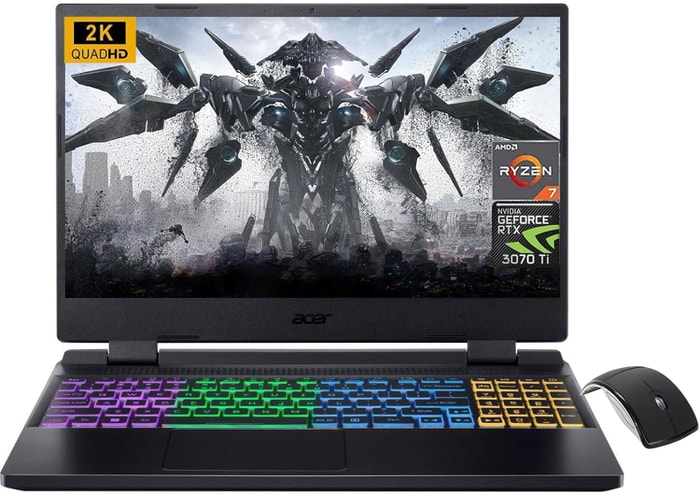 $680
$6801.acer Nitro 5
PTC Creo laptop- One of most affordable laptops with an AMD Ryzen 7 processor
- Mighty 1TB SSD
- No IPS Panel (worse viewing angles)
Alternatives
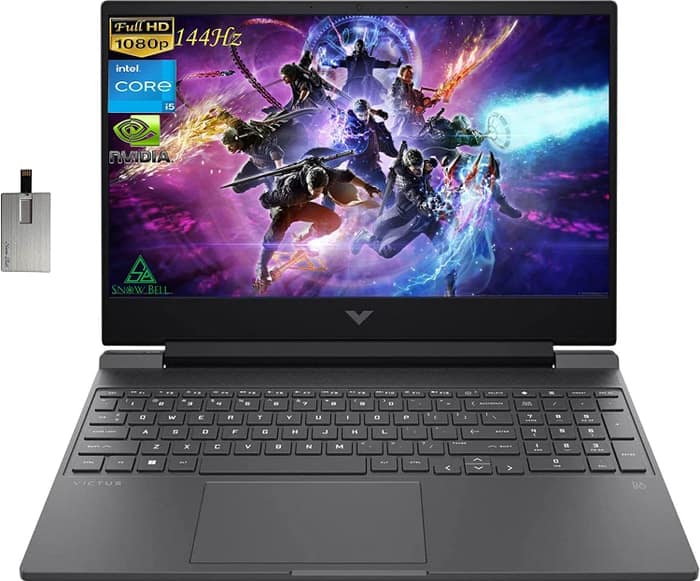
HP Victus
- Delivers smooth gameplay at 1080p.
- Fast SSD.
- No variable refresh rate to reduce screen tearing.
- Some performance loss on CPU under load.
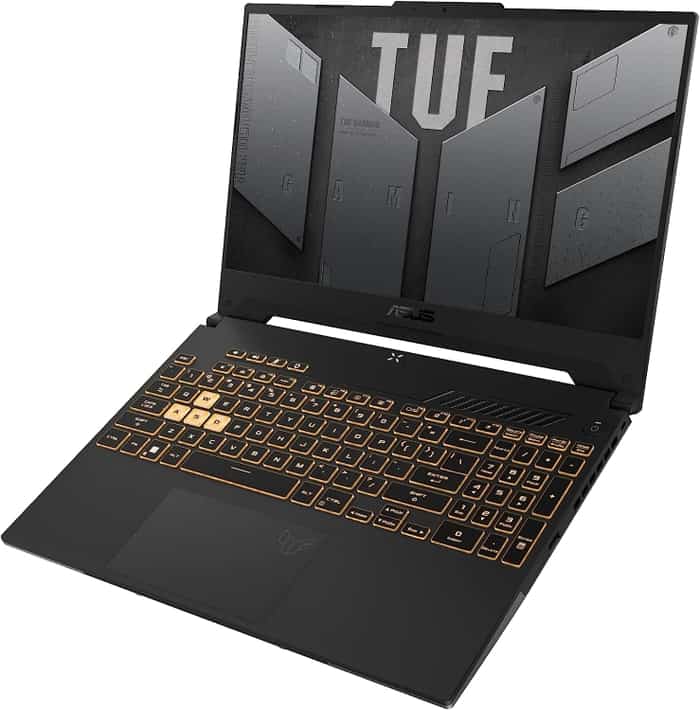
2.ASUS TUF F15 FX507VU-ES53
ASUS TUF F15 FX507VU-ES53: A budget laptop with powerful gaming performance, but lacks in webcam and speakers.- Superb 1080p gaming performance
- Strong productivity capabilities
- Great price
- Poor webcam, touchpad, and speakers
- Some games appear washed out on the display
Summary
The Asus TUF Gaming F15 is a budget-friendly laptop that excels in gaming performance and productivity. It offers superb 1080p gaming and strong productivity capabilities at a great price. However, it falls short in terms of its webcam, touchpad, and speakers, and some games may appear washed out on the display.
Alternatives

ASUS TUF Dash F15
- Lightweight and well-built
- Good selection of screen options
- Some ergonomic quirks
- Ports squeezed together on the left edge
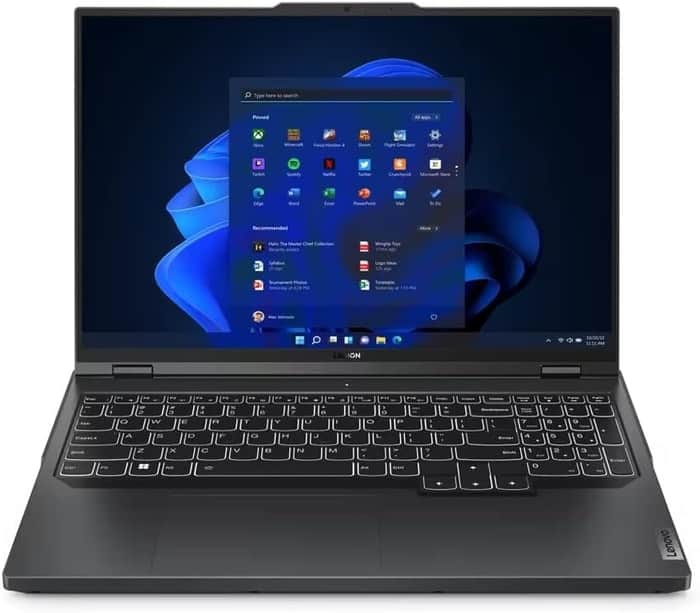
3.Lenovo Legion Pro 5
Lenovo Legion Pro 5 - A Good-Value Mid-Tier Laptop with Performance and Some Limitations.- Good build quality and design
- Good screen and IO
- Competent CPU with multiple GPU options
- Competitively priced
- No Thunderbolt or biometrics
- Not as powerful as other i9 HX implementations
- Hotspots under sustained loads
- Poor speakers
Summary
The Lenovo Legion Pro 5 is a well-built and competitively priced mid-tier laptop with a good screen and inputs. While it offers plenty of performance, it has some drawbacks such as hotspots under sustained loads, limited battery life, and lacking speakers.
Reviews
Alternatives
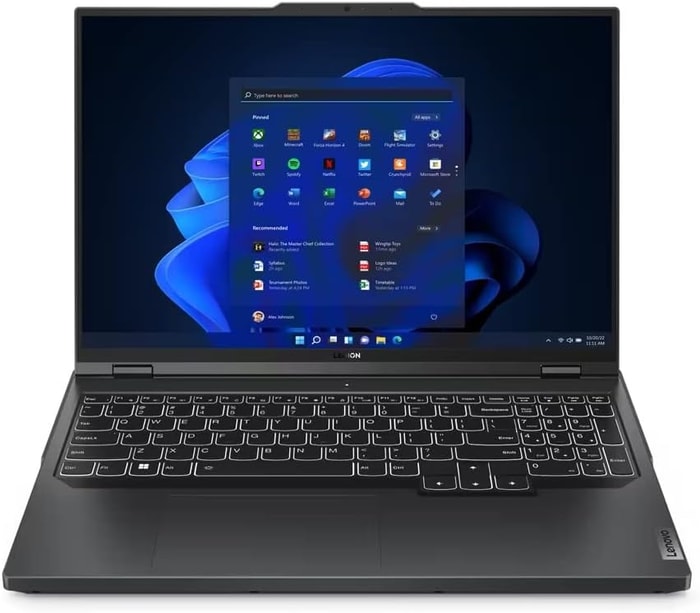 $2,840
$2,840Lenovo Legion Pro 5
- Strong performance for the price
- Quality build and port selection
- Display quality and battery life are just decent
- Bulky and heavy

4.HP Omen 17
HP Omen 17: Powerful gaming laptop with impressive display and expandable memory, but falls short on performance and battery life.- QHD display with 165 Hz refresh rate
- Expandable working memory
- Individual key illumination
- Thunderbolt 4 with Power Delivery support
- Slightly below-average performance
Summary
The HP Omen 17 is a high-end gaming laptop equipped with a Core i9-13900HX and GeForce RTX 4090, making it suitable for video processing, rendering, and QHD gaming. The laptop features a QHD display with a 165 Hz refresh rate, individual key illumination, and expandable working memory. However, it falls slightly below average in terms of performance for an RTX 4080 and has a high noise level. Additionally, the battery life is meager and the case feels clattery.
Reviews
Alternatives
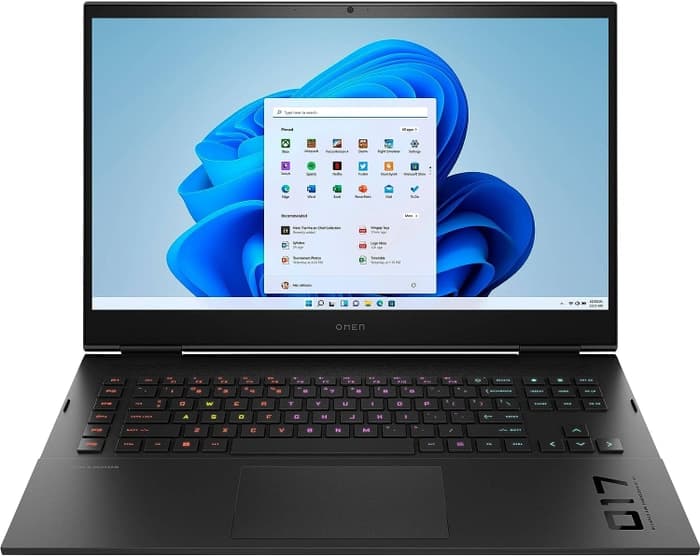
HP Omen
- QHD display with 165 Hz refresh rate
- Advanced Optimus technology
- S
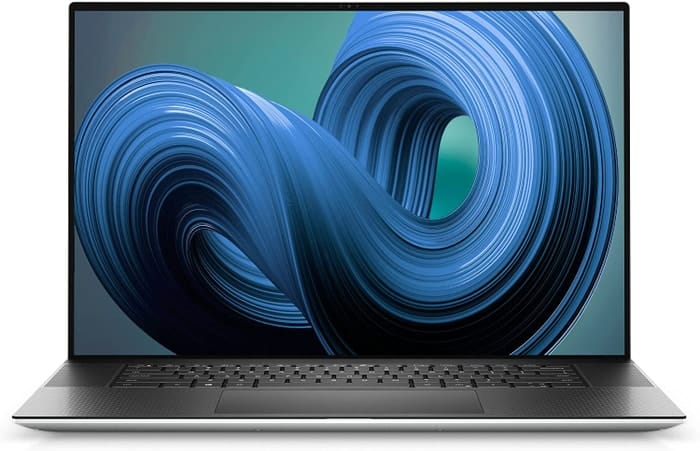
5.Dell XPS 17 9720
Dell XPS 17 9720 offers an excellent 4K display and high system performance, but its graphics performance falls short and the cooling could be better.- Excellent 4K display with AdobeRGB
- High-quality case
- Thunderbolt 4 PCIe 4.0
- Very high system performance
- Lower graphics performance than the predecessor
- Performance not completely stable under combined load
- Not Wi-Fi 6E compatible
- 720p webcam
Summary
The Dell XPS 17 9720 impresses with its excellent 4K display with AdobeRGB and high system performance. The laptop also features a high-quality case, Thunderbolt 4, and PCIe 4.0. However, it falls short in terms of graphics performance compared to its predecessor and the cooling system could be improved.
Reviews
Alternatives
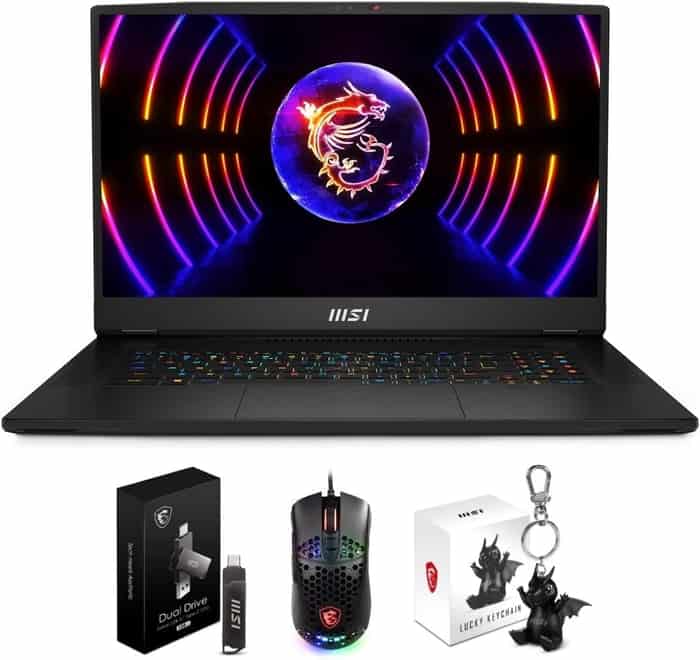
MSI Titan GT77HX 13VI-042US
- Excellent mechanical keyboard
- Class-leading Mini-LED display
- Uninspired design
- Short battery life
Table of the Best Laptops for PTC Creo
| Laptop | Price (approx) |
| acer Nitro 5 | $680 |
| ASUS TUF F15 FX507VU-ES53 | $1,100 |
| Lenovo Legion Pro 5 | $2,630 |
| HP Omen 17 | $4,290 |
| Dell XPS 17 9720 | $5,600 |





